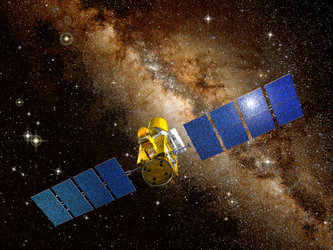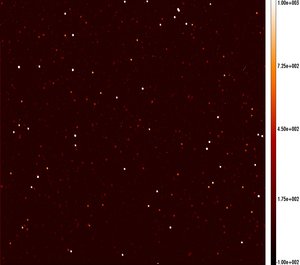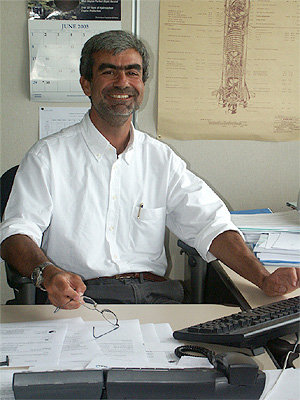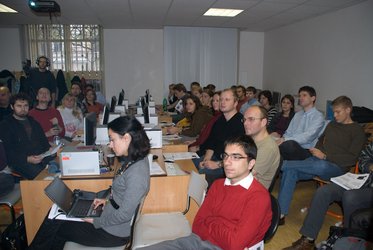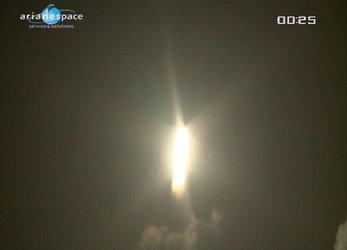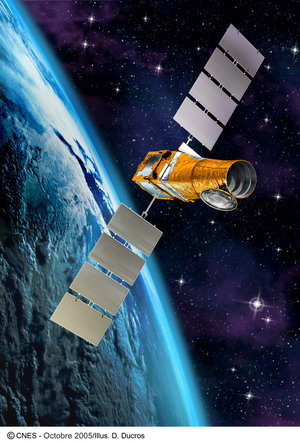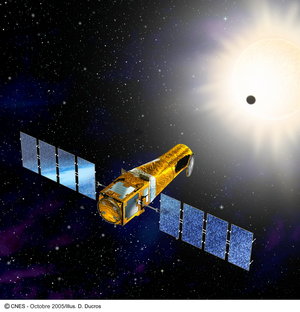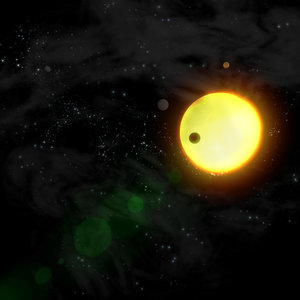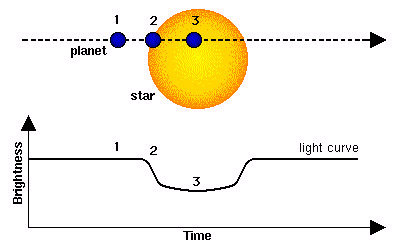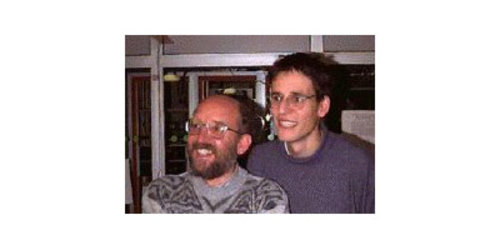COROT started its science mission
COROT, the satellite to probe into the interiors of stars and to look for extra-solar planets, has completed its in-orbit verification and started its science observations on 3 February this year.
The science operations started after the COROT team verified the excellent performance of the fine-pointing mode (that uses the satellite telescope as a 'super' star sensor to precisely target stars), and the performance of the optical channel responsible for the asteroseismology observations and of the so-called 'exo-channel', responsible for the search of exoplanets.

"The performance of the instruments and of the spacecraft is simply excellent. It is actually exceeding our expectations, with pointing capabilities truly remarkable and the performance of the ESA-built telescope baffle about 60 percent better than foreseen," said Malcolm Fridlund, ESA Project Scientist for COROT. "Such success has allowed the satellite verification to last only 5 weeks from launch, and the science mission to start some time in advance."
The first phase of the COROT observations will last until 2 April, when the spacecraft will have to be rotated by 180° due to the Sun illumination conditions, and target a different area of the sky. The first star fields to be observed by COROT represent a first-choice target for stellar seismology and present an ideal star density for the exoplanets hunting.

The main objective of this first observation phase is to fine-tune the processing chain for the light-curves to be obtained from stars in the stellar fields surveyed by COROT.
The retrieval of light curves is at the very core of the COROT mission, as it allows to determine the entity of the oscillations of the surface of stars (asteroseismology) as well as to detect the presence of planets orbiting them (exoplanets search).
Note for editors

COROT is a CNES-led mission with ESA participation. The other international partners are: Austria, Belgium, Brazil, Germany and Spain.
For more information
Malcolm Fridlund, ESA COROT Project Scientist
Email: malcolm.fridlund @ esa.int















 Germany
Germany
 Austria
Austria
 Belgium
Belgium
 Denmark
Denmark
 Spain
Spain
 Estonia
Estonia
 Finland
Finland
 France
France
 Greece
Greece
 Hungary
Hungary
 Ireland
Ireland
 Italy
Italy
 Luxembourg
Luxembourg
 Norway
Norway
 The Netherlands
The Netherlands
 Poland
Poland
 Portugal
Portugal
 Czechia
Czechia
 Romania
Romania
 United Kingdom
United Kingdom
 Slovenia
Slovenia
 Sweden
Sweden
 Switzerland
Switzerland































